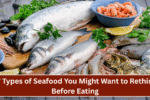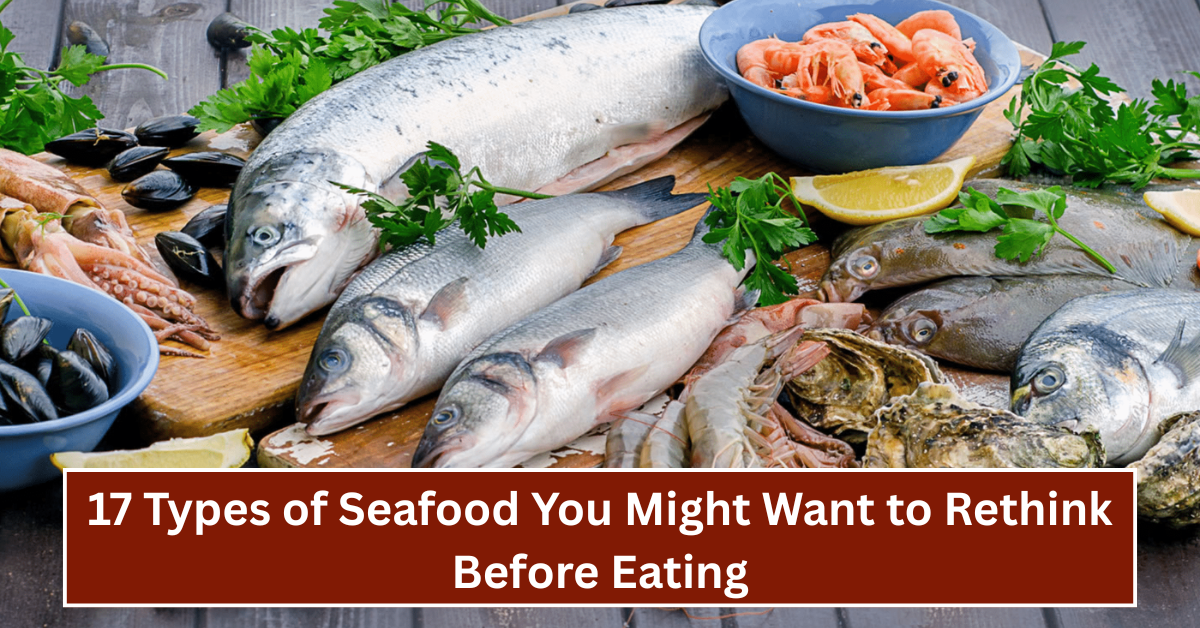Going on a cruise is an exciting way to explore new places while enjoying great food and entertainment. However, not all food options on a cruise ship are safe or suitable for everyone. Many travelers, especially first-timers, may not know which foods to avoid for a smooth, healthy journey.
This article will guide you through the 10 things you should never eat on a cruise. By being careful with your food choices, you can avoid common health problems like food poisoning and enjoy your vacation without worries.
1. Raw Seafood
This Article Includes
- 1 1. Raw Seafood
- 2 2. Unpasteurized Dairy Products
- 3 3. Buffet Food Left Out for Too Long
- 4 4. Fresh Fruits and Salads from Buffets
- 5 5. Undercooked Meat
- 6 6. Street Food from Ports of Call
- 7 7. Large Portions of Heavy Fried Food
- 8 8. Ice Cubes Made from Tap Water
- 9 9. Expired or Leftover Desserts
- 10 10. Exotic or Unfamiliar Foods Without Trying Small Portions First
Cruise ships often offer raw seafood like sushi or oysters, which may not always be fresh. Eating raw or undercooked seafood increases the risk of foodborne illnesses caused by bacteria and parasites. It’s best to stick with cooked seafood options to avoid stomach problems while on your trip.
2. Unpasteurized Dairy Products
Unpasteurized milk and cheeses might be available on some cruise menus, particularly if the ship visits certain ports. These dairy products can contain harmful bacteria like listeria, which is dangerous, especially for pregnant women and children. Always choose pasteurized dairy items to stay safe.
3. Buffet Food Left Out for Too Long
Buffets are popular on cruises, but some foods might be left out for a long time without proper temperature control. This can cause bacteria to grow, leading to food poisoning. Avoid items that look dry, old, or kept without proper cooling, and eat freshly prepared dishes instead.
4. Fresh Fruits and Salads from Buffets
While fresh fruits and salads seem healthy, they can be risky if washed with unsafe water or handled improperly. If you want to eat fruits and salads, it’s safer to choose peeled fruits or salads prepared fresh right in front of you to reduce the risk of germs.
5. Undercooked Meat
Undercooked or rare meat might taste good, but it can carry harmful bacteria like salmonella or E. coli. On a cruise, always ask for meat to be well-cooked to avoid any stomach infections. This is especially important for burgers, chicken, and pork.
6. Street Food from Ports of Call
Exploring local food is fun, but street food at some ports might not meet hygiene standards. Eating from unknown vendors can expose you to dirty water or unhygienic conditions. Choose restaurants or food stalls that look clean and popular with locals to stay safe.
7. Large Portions of Heavy Fried Food
It’s easy to get tempted by fried snacks and heavy food on a cruise, but eating too much fried food can upset your stomach and cause indigestion, especially when you are moving on the ship. Eat fried items in moderation and balance your diet with light, fresh meals.
8. Ice Cubes Made from Tap Water
Drinks with ice cubes are refreshing on a hot day, but ice made from unsafe tap water can cause illness. Always confirm with the staff if the ice is made from purified water or skip ice cubes altogether to avoid the risk of waterborne diseases.
9. Expired or Leftover Desserts
Desserts are tempting on cruises, but sometimes leftover or expired sweets might be served after sitting out too long. These can spoil quickly and cause stomach issues. Choose fresh desserts and avoid those that look melted, dry, or old.
10. Exotic or Unfamiliar Foods Without Trying Small Portions First
Cruises offer many new and exotic dishes, but jumping straight to large portions of unfamiliar foods can be risky. Your body might react badly to new spices or ingredients. Try small amounts first to see how your stomach reacts before fully enjoying the dish.






